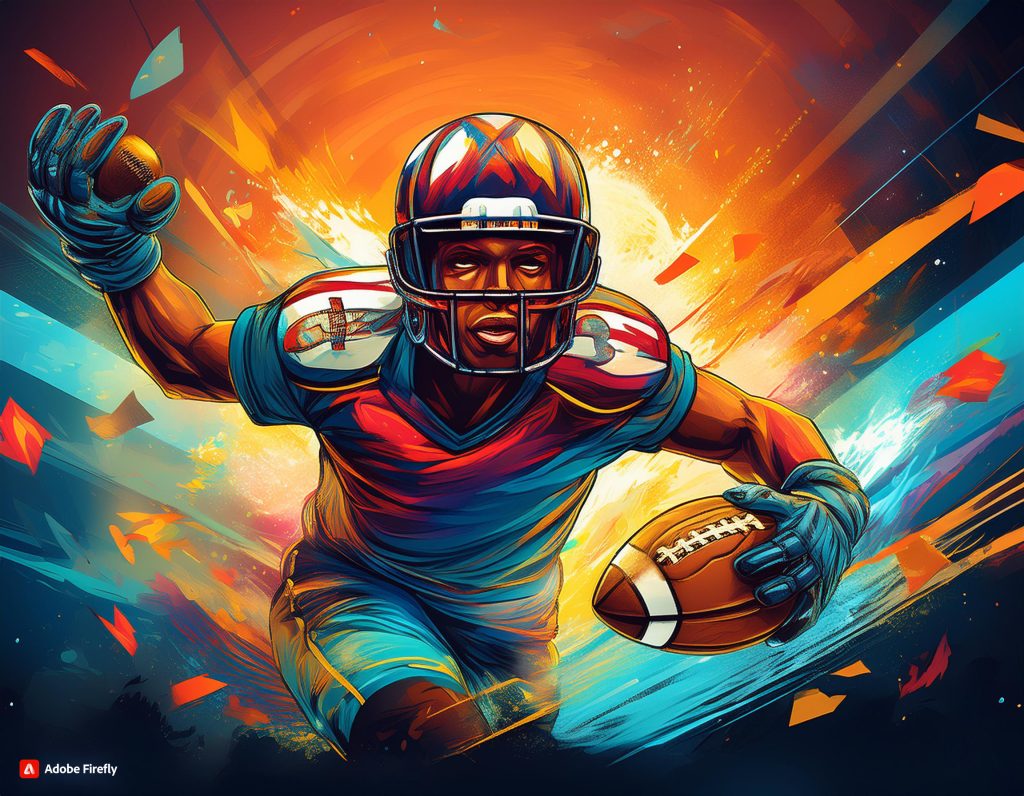
Fantasy sports have exploded in popularity in recent years, offering a unique blend of real-world sports strategy and virtual competition. This phenomenon bridges the gap between passive spectating and active engagement, fostering a deeper connection between fans and the sports they love.
The Allure of Fantasy
Fantasy sports allow fans to become general managers of their own virtual teams. Players draft real athletes from professional leagues, creating rosters that compete based on their chosen athletes’ performances. Points are awarded based on statistics like touchdowns, strikeouts, or goals scored. Weekly matchups between fantasy teams add a layer of excitement, with bragging rights and even real-world prizes on the line.
This format provides several advantages over traditional sports viewing:
- Increased Engagement: Fantasy sports transform fans from passive observers to active participants. They become more invested in the performance of individual athletes, not just their favorite teams.
- Deeper Knowledge: To succeed in fantasy, players need to research player statistics, understand matchups, and stay updated on injuries. This process fosters a deeper understanding of the intricacies of the sport.
- Social Connection: Fantasy leagues create a sense of community. Friends, family, and colleagues can compete against each other, fostering friendly rivalries and shared experiences.
The Future of Fantasy: Tech-Driven Enhancements
Technology is constantly pushing the boundaries of fantasy sports, introducing features that further blur the lines between real and virtual:
- Real-Time Data and Analytics: Advanced analytics provide insights into player performance trends, helping fantasy managers make informed decisions.
- Daily Fantasy Sports (DFS): DFS platforms offer one-day contests with higher entry fees and potentially larger payouts, adding an element of high-stakes competition.
- AI-Powered Insights: Machine learning algorithms can analyze vast amounts of data to predict player performance and suggest optimal draft strategies.

Bridging the Gap with Augmented Reality (AR)
The future of fantasy sports might involve even more immersive experiences using AR technology. Imagine:
- AR Overlays: Live broadcasts could display real-time fantasy points alongside the game, allowing fans to see the impact of plays on their virtual teams.
- Interactive Stadiums: AR apps could overlay player stats and fantasy projections onto the physical playing field, enhancing the in-stadium experience for fantasy players.
Challenges and Considerations
While fantasy sports offer a fun and engaging way to experience sports, there are some challenges to consider:
- Pay-to-Play Models: Some platforms require entry fees to participate, potentially excluding fans who can’t afford to pay.
- The Risk of Addiction: The competitive nature and potential for winnings can lead to addictive behaviors for some players.
- Impact on Traditional Sports: The rise of fantasy sports could potentially overshadow the actual sporting events themselves.


Conclusion
Fantasy sports represent a fascinating evolution in sports fandom. By merging real-world competition with virtual team management, they offer a deeper level of engagement for fans. As technology continues to advance, fantasy sports are poised to further bridge the gap between real and virtual, creating even more immersive and interactive experiences for the future.